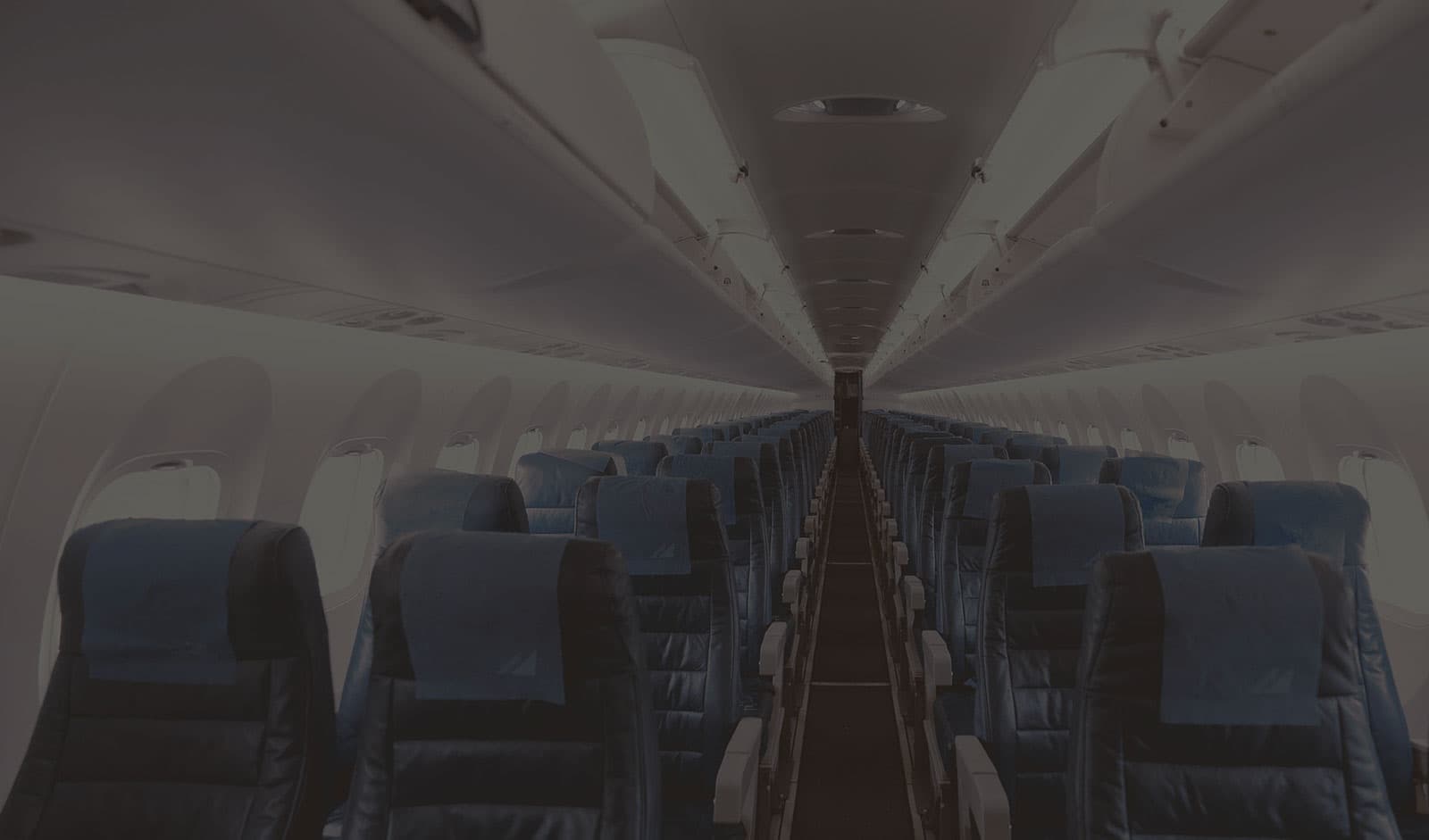
The rippling effects to the airline industry
The immediate impacts of the Coronavirus Pandemic on airlines and airports are clear. Worldwide commercial flights dropped from over 100,000 daily departures to under 25,000. U.S. airline traffic, which had been growing by approximately 5% through February, dropped 90% below prior year starting in March and is only now showing very small gains. In the first two months of the year, the average number of passengers on U.S. domestic flights was 85 to 100, but by the 24th of March, that number had fallen below 20 passengers nationwide. By May, 50% of the U.S. domestic airline fleets have been idled, and airlines are on pace to report $314 billion in losses as a result of the pandemic.
For America’s airports, this has meant a devastating loss of revenues from landing fees, per passenger facility charges, fueling operations, parking revenues, concessions sales, and more. According to ACI (Airports Council International), initial estimates of losses to U.S. airports will top $14 billion for calendar 2020. Plus, as airlines have reduced operations by nearly half, most airports have seen reductions in service, elimination of routes, and even withdrawals of airline brands from their mix of offerings.
And these are just the immediate effects. Even now, as small steps are being taken to restart the economy and small increases are being seen in passenger demand, the ripple effects of the crisis are emerging. For airports, these ripple effects have two enormous implications:
The way that customers pass through the airport will be different and challenging.
People’s need for information about airport processes and services will be great.
First, airports have to communicate to both internal and external audiences what is being done to make every effort to assure personal health and safety at the airport. Reassurance of enhanced cleaning and sanitation, commitment to maintaining social distancing, the requirement for all to wear masks are among the things that must be reinforced and communicated.
But, equally important is the timely communication of airline service increases, route renewals, and updates regarding airport services and amenities such as parking, concessions, and ground transportation.
As new procedures become known, it will be important to communicate to customers what to expect at the airport. People will need to be prepared for any new health screening steps, and what they can do to move through them quickly and efficiently. The same is true with any new technology that may be added to enhance touchless processing and movement through the airport. Plus, it will be necessary to continually remind customers of expectations and requirements for social distancing and use of face masks. If information collection to support contact tracing is enacted, this will require thoughtful communication.
Airlines will be communicating what they are doing to provide for a healthy, secure travel experience onboard their aircraft. This will include enhanced cleaning and sanitization, removal of pillows, blankets, etc., suspension of food and snack services, and revised seat assignment policies. Travelers will need consistency in information sharing from airports as well, so that the entire travel experience is addressed.
Communication is the key to successful adaptation to the adjusted processes we will all need to accept for travel during the recovery and likely well beyond. We look forward to helping our airport clients with this important public information effort.
Sources: Airlines for America – Impact of COVID-19: Data Updates, May 26, 2020; ACI Press Release, May 20, 2020


